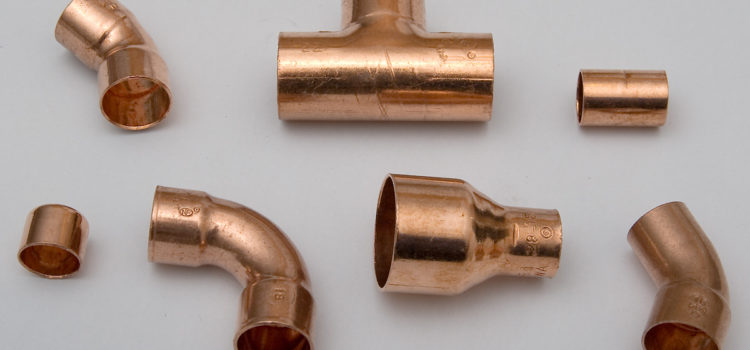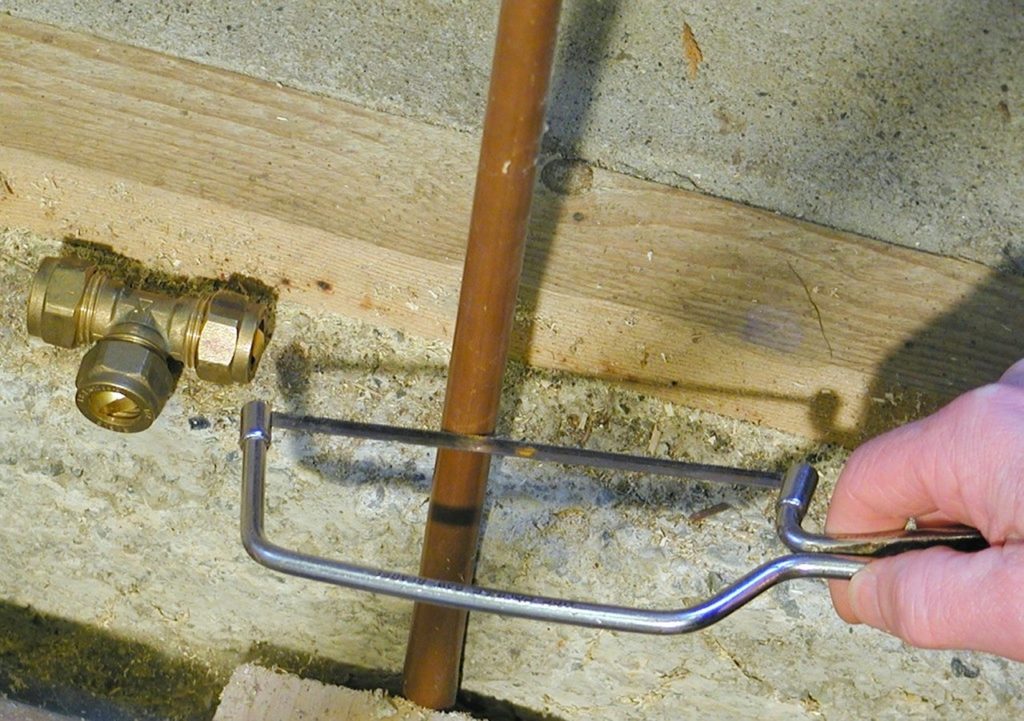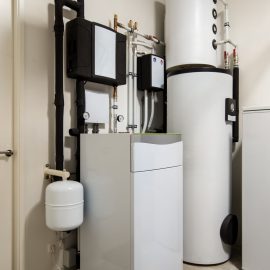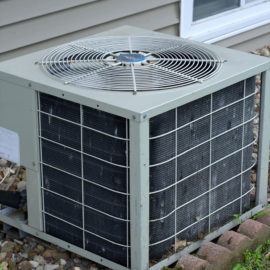
Summary
– What types of pipe fittings are available on the market: pipe fittings, elbows, sleeves, or reducers?
– Which fitting to choose for which pipe: pipe fittings by type of installation and material
– Inches or millimeters, what is the equivalence: dimensions and diameters of pipe fittings
Plumbing fittings consist of pipes of different lengths that are connected to obtain the desired network in adduction and evacuation or heating. It is essential to use fittings of the desired shape, diameter, and material to make pipe connections. Seamless plumbing and brazing pipes require suitable fittings that must be selected and specific tools for specific fittings.
Pipe fittings, elbows, sleeves, or reducers?
Fitting is a generic term that covers plumbing as well as hose, hydraulic or compressed air.
The term “fitting” is used to define the part that allows two hoses to be joined together. Under this term, we can find classic or specific fittings:
– The straight coupling: it is the linear junction piece of two pipes of the same diameter between them (equal coupling).
– The reduction: it is a kind of straight joint but intended to join two pipes of different diameters together.
– The elbow joint: it is intended to hook 2 pipes. But it does so by creating an angle to break their alignment.
– The T-fitting joins 3 pipes together, generally 2 in a linear way and the third one perpendicular to the 2 others.
– The dielectric joint: it is a reduction or a straight joint that is mainly intended to create electrical insulation between 2 pipes. This to avoid the risks of electrolysis.
– The flexible joint allows ensuring a flexible junction between 2 tubes generally of the same diameter.
Good to know: it is advisable to join metal pipes of the same metal (copper – copper or brass) with a connector of the exact nature. But when the metals are different (copper – brass), the recommended fitting is only the brass one to limit electrolysis.
Pipe fittings by type of installation and material
Depending on the pipes’ material to be connected, the fittings are classified according to their type of installation.
Copper pipes
Two main categories of fittings:
– Solder (solder): Copper fittings and sleeves are soldered (soft solder with added material) to the pipes to achieve assembly and water tightness.
– Solderless. Here we have to distinguish between:
◦ Screw-on fittings (nipples) where the water tightness is ensured by wire, Teflon, or by a joint either synthetic or synthetic and metallic (mixed joint fitting). These fittings require the collar beater.
◦ Olive fittings, or two-cone fittings, in which an olive widens each tube as it is tightened. They also require beating the collar of each tube.
◦ Snap-on, or compression, or Tool-less Fittings, which snap together without the need for beating the collars or tools for installation (but not removal).
On PVC and over-chlorinated PVC
The connections are:
– to be glued with a suitable glue after having just frosted the parts to be glued;
– to be crimped with a flared pliers.
On copper pipes, the following can be used as an alternative:
– Clip-on fittings or compression fittings, which are clicked onto the hose without the need for tools;
– Slip-fittings, which require the use of slip-fit pliers for installation.
Good to know: Multilayer copper pipes can only be assembled with compression fittings specific to this hybrid material.
Dimensions and diameters of pipe fittings
Choice of fitting diameter
To purchase the specific fitting for your plumbing installation, after having defined the shape (straight, bent, reduction…) and the nature of the fitting (to be welded, crimped, clipped…), it is necessary to choose the diameter of the fitting to be purchased according to the section of pipes to be assembled.
While in Europe, the millimeter (mm) is most often used to define the section of a pipe or a fitting, in plumbing and particularly in plumbing fittings, we often find dimensions in inches and fractions of inches (a quarter, a half, three-eighth…).
Inch and Millimeter Equivalence of Fittings
|
Section in inches |
Diameter in mm |
Section in inches |
Diameter in mm |
|
1/8 |
10 mm |
1-1/4 |
42 mm |
|
1/4 |
13 mm |
1-1/2 |
49 mm |
|
3/8 |
16,5 mm |
1-3/4 |
55 mm |
|
1/2 |
21 mm |
2 |
60 mm |
|
5/8 |
23 mm |
2-1/4 |
70 mm |
|
3/4 |
26,5 mm |
2-1/2 |
76 mm |
|
7/8 |
31 mm |
2-3/4 |
82 mm |
|
1 |
34 mm |
3 |
90 mm |
To know more about plumbing:




